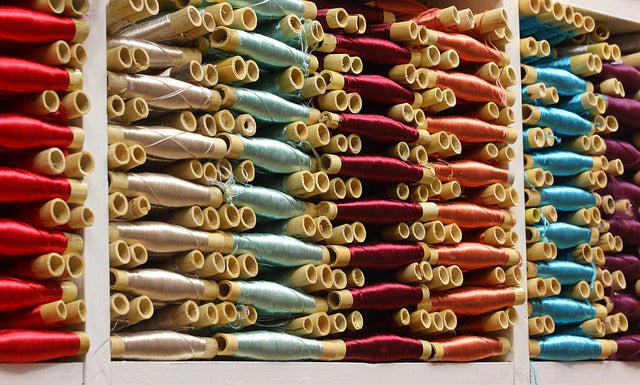There are 4 main materials used to make socks. These materials each have their own benefits depending on what you need the sock for. Are the socks for everyday use, formal wear or for hiking? Do your feet sweat a lot, or do your feet get really cold in the winter?
These are questions you should ask yourself before purchasing a pair of socks, as the different materials vary greatly in their capabilities. Polyester, cotton, and wool are the most common materials used to make socks, but bamboo is quickly becoming one of the best.

Polyester vs Cotton
Polyester is a man-made petroleum-based synthetic fibre. If you were to look at it under a microscope, you would see the plastic fibres are woven very finely and very close together.
One of the main benefits of polyester is its durability. It is a very strong material and will last much longer than cotton if cared for properly. Polyester also holds color better and longer than cotton, as well as being quick drying and non-absorbent. 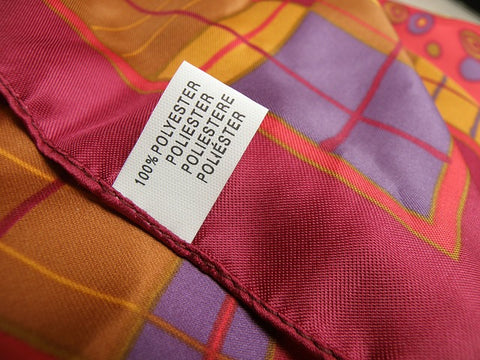
There are two main problems with polyester.The first is that it’s incredibly bad for the planet as it does not break down once thrown away. It also isn’t breathable, therefore making foot sweat and overheating real problems.
Cotton is much softer than polyester and is a much better choice if you are wanting more comfort from your socks. Cotton holds color relatively well, but there are materials that keep color better and for longer.
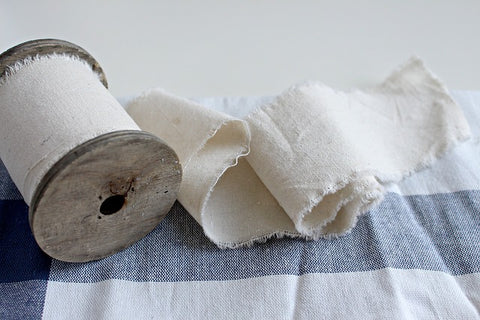
Cotton socks are breathable, much more so than polyester. This ensures your feet will sweat less, and the material will wick away excess moisture. Cotton is also very good for sensitive skin or if you suffer from any allergies.
Cotton can be much more expensive than other materials, especially if you are buying something that is 100% cotton. It does become cheaper if you are buying a product with a material mix, but the benefits of the cotton will be diminished as there is less of it.
Bamboo vs Wool
Wool socks are most definitely more suited for winter weather, as your feet will get way too hot in the warmer months. Unlike cotton, wool is a brilliant insulator and will ensure your feet stay toasty, even in the coldest conditions.
Wool can also absorb high amounts of moisture, much more than cotton. Wool socks also keep their insulating properties, even when wet, meaning excess sweat or water won’t make your feet cold.

There are a number of downsides to wool socks, though. They cannot be worn in warm weather, as they will make your feet way too hot and uncomfortable. They are also difficult to clean as using a washing machine or dryer is inadvisable.
It is also advised not to wear wool socks for long periods on carpeted floors as the fibre friction will wear down the soles of the socks quicker. This process is sped up with lower quality wool.
Lower quality wool and Merino wool also can also be incredibly itchy. If you do not spend money on a high-quality pair of wool socks, you do run the risk of buying socks that are exceptionally itchy and will remain so for a long time, no matter how much you wear them.
Bamboo is one of the softest, if not the softest sock material you can buy. Bamboo is much smoother than cotton, and feels more like a high-quality silk or cashmere, making them very comfortable to wear.

Bamboo has incredible moisture wicking capabilities, being able to keep feet dry even if there is excess sweat. Bamboo socks are also very absorbent, due to the micro-gaps in the bamboo fibre.
The main benefit of bamboo socks is their anti-bacterial abilities. Bamboo socks have a natural antimicrobial agent called “bamboo kun”, which is found in the bamboo fibre. This agent keeps your feet free of bacteria, and smelling fresh.
Why Bamboo?
Now that we have discussed the other main materials used to make socks, you may be asking: why did we choose bamboo? There is a very simple answer to that: everything cotton, wool, and polyester can do, bamboo can do better.
Bamboo’s anti-bacterial capabilities are unmatched when it comes to sock material. “Bamboo kun” (the antimicrobial component found in the plant fibre itself) is what keeps our feet clean.
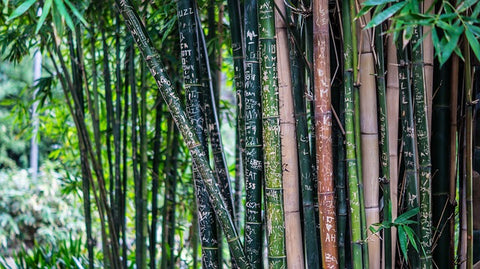
Bamboo also has exceptional moisture absorption qualities. Due to the micro-gaps between the bamboo fibres, it absorbs almost twice as much moisture as cotton. This quality also aids in keeping dampness off the skin, keeping your feet dry.
Bamboo has great temperature control: it keeps you warm on cooler days, and cool on warm days. The material is breathable, much more so than most other materials, keeping your feet at a comfortable temperature throughout the day.
If you suffer from any allergies or have any persistent skin irritations, bamboo is the perfect material for you. It is incredibly soft, and the combination of the breathability and temperature control ensures your skin won’t get irritated.
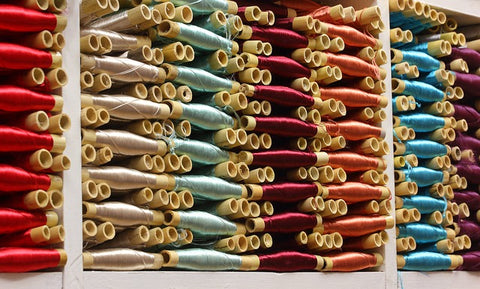
Bamboo is also a very earth-friendly material to grow, process and use. You are able to grow the same amount of bamboo as cotton, but use 10% less land. That means your production is not limited, but the damage to the land is.
Considering how precious water is, using less of it is a priority. Bamboo does not need to be watered to grow. Naturally falling rain is more than enough to keep the plants hydrated and growing effectively.
Bamboo is the fastest growing plant on earth. This speed allows for quick and effective production, while keeping damage to the land and the environment at a minimum, as no chemicals or poisons need to be sprayed either.
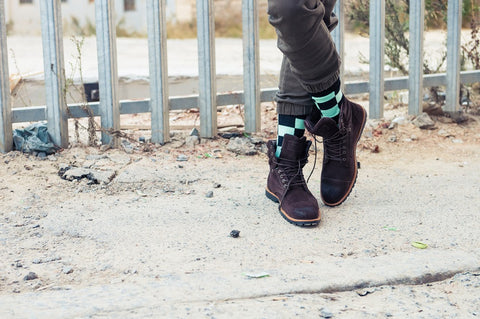
Apart from being environmentally-friendly, and very efficient to produce, bamboo is one of the best materials to use for clothing. We at Nic Harry pride ourselves on using bamboo In every pair of socks we create, thereby ensuring you receive high-quality, comfortable, and long-lasting product every time.

